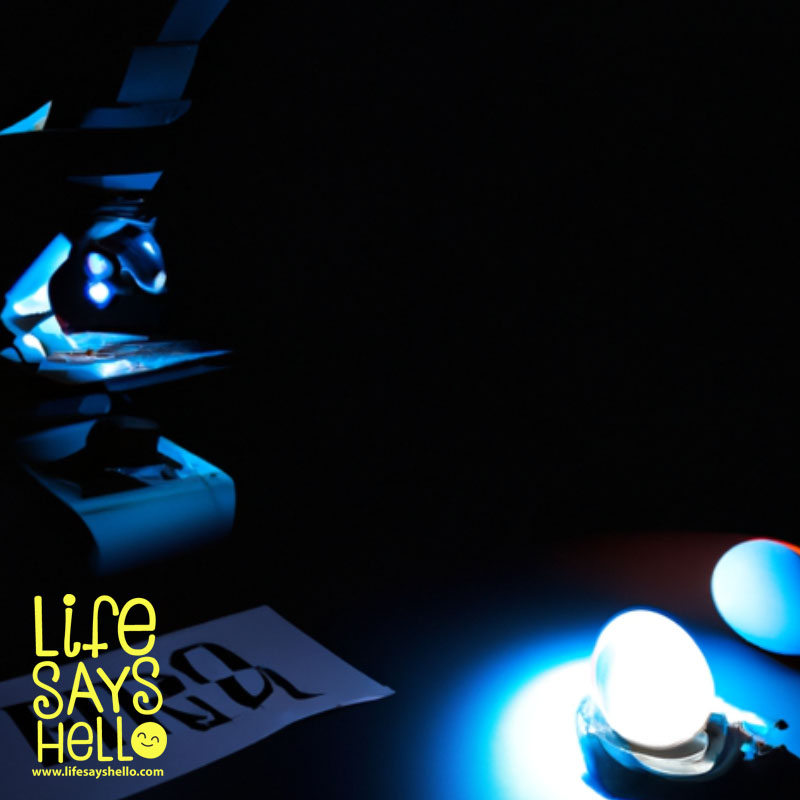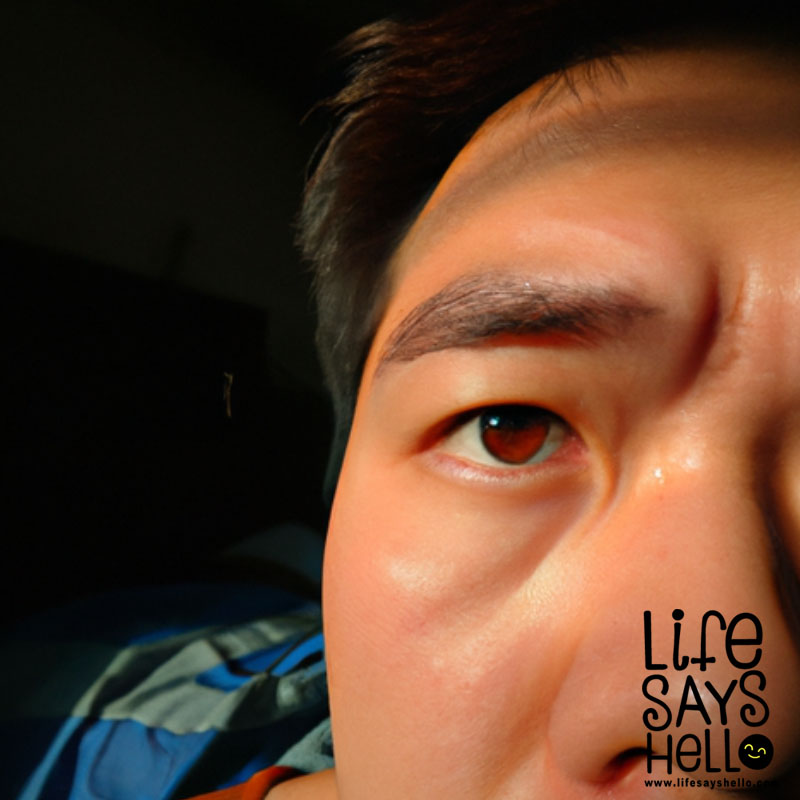Unraveling the Mystery of Ovulation: How Long It Lasts and Its Impact on Your Fertility Journey

If you're trying to conceive or simply want to better understand your body's natural cycles, it's essential to grasp the concept of ovulation, how long it lasts, and the role it plays in your fertility journey.
Introduction
Ovulation is a crucial aspect of a person's reproductive health, whether they are trying to conceive or avoid pregnancy. Understanding the duration of ovulation and how it affects fertility can significantly impact family planning decisions. In this comprehensive guide, we'll explore the ins and outs of ovulation, its duration, and how it influences your chances of getting pregnant or preventing pregnancy.
What is Ovulation and How Long Does It Last?
Ovulation is the process during which a mature egg is released from the ovary, making its way down the fallopian tube and becoming available for fertilization by sperm. This event occurs roughly in the middle of a person's menstrual cycle, typically 14 days before the start of their next period.
The duration of ovulation is relatively short, lasting only about 1 day or 24 hours. During this time, the egg remains viable and ready for fertilization. If the egg is not fertilized within this timeframe, it will disintegrate and be shed along with the uterine lining during menstruation.
The Fertile Window: When Are You Most Likely to Conceive?
While ovulation itself lasts for just 1 day, the fertile window – the period during which a person is most likely to conceive – extends for a longer period. This is because sperm can survive in the female reproductive system for up to 6 days, waiting for an egg to be released. As a result, the fertile window typically lasts for around 6 days, encompassing the 5 days before ovulation and the day of ovulation itself.
It's important to note that the fertile window can vary from person to person and from cycle to cycle. Factors such as stress, illness, and hormonal imbalances can cause ovulation to occur earlier or later than expected, making it challenging to pinpoint the exact timing of the fertile window.
Timing Intercourse for Optimal Fertility
If you're trying to conceive, timing intercourse to coincide with your fertile window can significantly increase your chances of success. The best time to have sex for conception is within a day or two of ovulation, as this is when the egg is most viable and receptive to fertilization.
However, since it can be difficult to predict the exact day of ovulation, it's recommended to have regular, unprotected sex throughout the fertile window. This ensures that sperm will be present in the reproductive system when the egg is released, increasing the likelihood of conception.
Conversely, if you're trying to avoid pregnancy, it's essential to be aware of your fertile window and either abstain from sex or use a reliable form of contraception during this time.
Fertility Awareness Methods: Natural Family Planning
Fertility awareness methods, also known as natural family planning or the rhythm method, involve tracking your menstrual cycle and identifying the signs of ovulation to determine your fertile window. These methods can be used to either increase your chances of getting pregnant or avoid pregnancy by planning your sexual activity around your most fertile days.
There are several fertility awareness methods, including:
- The calendar method: Tracking the length of your menstrual cycles and estimating the fertile window based on past cycles
- The basal body temperature method: Monitoring your body temperature daily to detect the slight rise that occurs around the time of ovulation
- The cervical mucus method: Observing changes in the consistency and appearance of cervical mucus, which can indicate the approach of ovulation
It's important to note that fertility awareness methods are not foolproof and may not be suitable for everyone. If you're considering using these methods for contraception, it's essential to consult with a healthcare professional to determine if they're appropriate for your individual circumstances.
Signs and Symptoms of Ovulation: What to Look For
Being able to recognize the signs and symptoms of ovulation can be incredibly helpful in determining your fertile window and planning your sexual activity accordingly. Some common signs and symptoms of ovulation include:
Changes in cervical mucus: As ovulation approaches, cervical mucus often becomes more abundant, slippery, and stretchy, resembling raw egg whites. This change in consistency helps to facilitate the passage of sperm through the cervix and into the uterus.
Mild abdominal pain or cramping: Some people experience a sensation known as mittelschmerz, which is a mild pain or cramping on one side of the lower abdomen. This discomfort is thought to be caused by the release of the egg from the ovary and typically occurs around the time of ovulation.
Increased basal body temperature: Following ovulation, there is a slight increase in basal body temperature (BBT), which can be detected using a special thermometer designed for this purpose. By tracking your BBT daily, you may be able to identify the day of ovulation and better predict your fertile window.
Breast tenderness: Hormonal changes around the time of ovulation can cause breast tissue to become more sensitive or tender, which some people may notice as a sign of ovulation.
Increased libido: Some people experience an increase in sexual desire around the time of ovulation, which may be a result of hormonal fluctuations.
Spotting or light bleeding: Although less common, some people may experience light spotting or bleeding during ovulation, which is thought to be caused by the rapid drop in estrogen levels that occurs around this time.
By paying close attention to these signs and symptoms, you can gain a better understanding of your body's natural cycles and use this information to optimize your fertility planning.
Conclusion
Understanding ovulation and how long it lasts is vital for anyone looking to conceive or prevent pregnancy. By recognizing the signs of ovulation, tracking your menstrual cycle, and using fertility awareness methods, you can take control of your fertility journey and make informed decisions about your reproductive health. Remember, it's always a good idea to consult with a healthcare professional if you have concerns or questions about your fertility or family planning options.




Comments